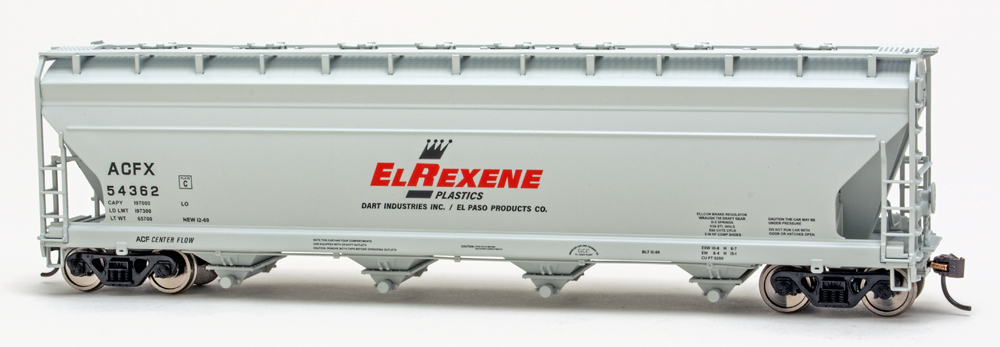
A newly tooled American Car & Foundry 5,250-cubic-foot capacity four-bay Center Flow covered hopper has joined the WalthersMainline product range. The injection-molded plastic HO scale model features prototype-specific hatches and outlet gates, 36″ metal wheels on plastic axles, and body-mounted Proto-Max couplers.
Prototype history
American Car & Foundry introduced the 5250 Center Flow in 1964. By the end of the production run in the early 2000s, nearly 20,000 covered hoppers were built to this design. Grain and plastic resins were among the various products transported by these cars.
With a production run that spanned decades, there were naturally variations in the car design. In his electronic book A History of the Center Flow (2007), author Eric A. Neubauer notes there were short (November 1964 to May 1968) and long (May 1968 to end of production) 5250 covered hoppers. Though largely identical, the latter was 4″ longer.
From 1964 to August 1971, the covered hoppers had a single horizontal stiffener on the side. Cars built after that have two horizontal ribs where the roof meets the sides (and some cars during the transition between styles lacked stiffeners). Other differences included the number of body panels, running board supports, and truck centers.
Our sample is decorated as ACFX 54362, part of the Shippers’ Car Line Division of ACF Industries Inc. 54297 through 54381 series built between December 1969 and January 1970.
Model features
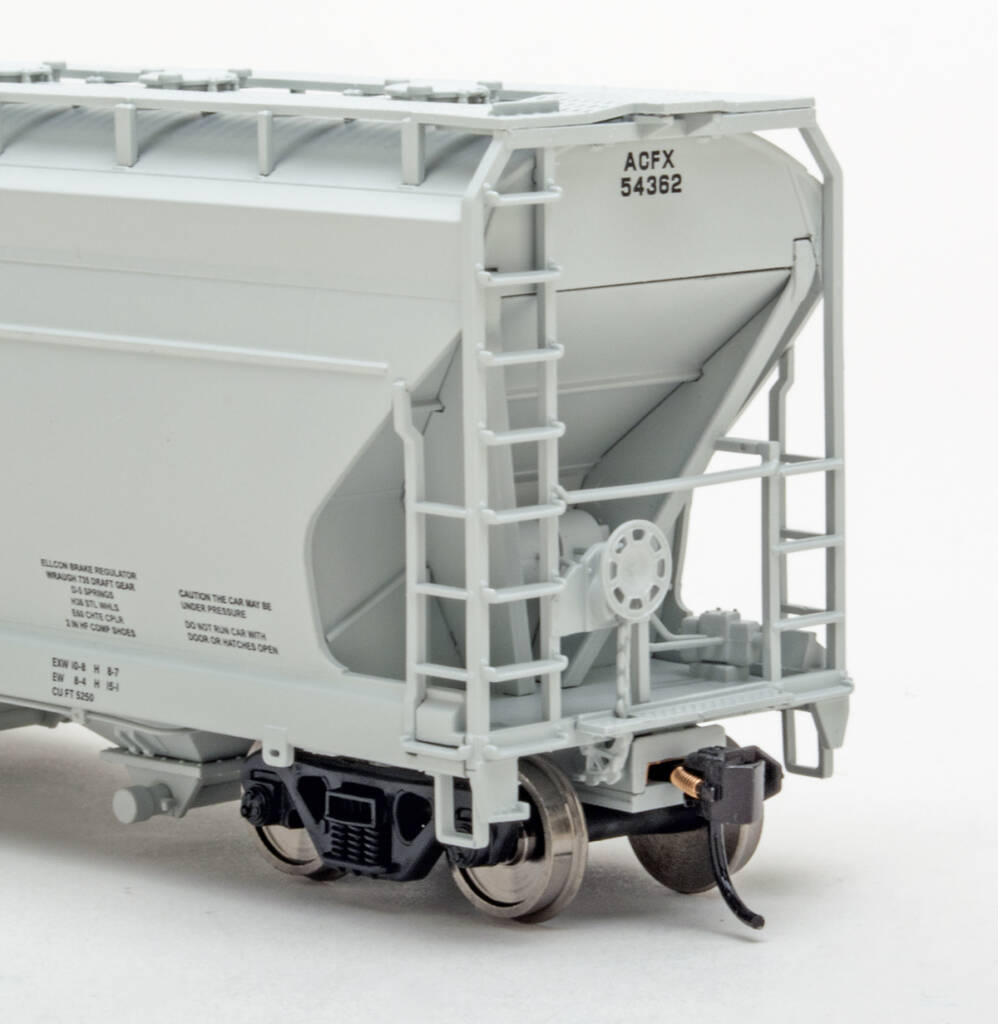
The WalthersMainline covered hopper features plastic construction. The roof and sides are a single piece with molded pull plates and stirrup steps. On top, the car has a factory-installed see-through, slotted running board and eight round hatch covers.
The end cages have molded grab irons. The hand brake is part of the B end cage; the brake wheel and brake wheel chain are separate parts. A see-through plastic crossover platform is attached to the bottom of both end cages.
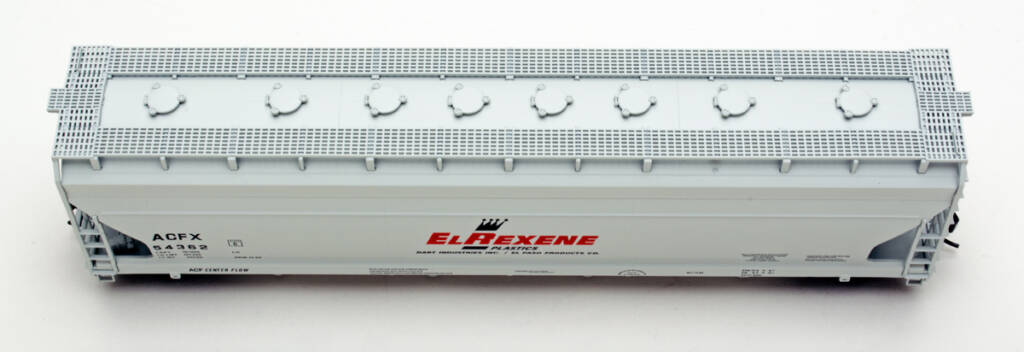
The underbody is a separate casting with molded shaker brackets and freestanding pneumatic chutes. Four screws hold the underbody to the body. The screws also keep the metal weight between the two parts in place.
The combined casting with the bolster, sill stubs, body bolsters, and draft-gear box has three pins that fit into holes in the underbody. The screws for the roller-bearing trucks further hold the castings in place. Screws are also used to secure the draft-gear box covers.
Measuring up

Our review model is neatly painted light gray with black and red graphics. I found a prototype photo of car 54362 online. For the most part, the graphics follow prototype placement. The LO and New 12-69 stencils should be closer to the capacity, load limit, and light weight data. The El Rexene logo is also a bit compressed. On the full-size car, the edges of lettering almost touch the vertical weld seams.
I compared the model to prototype drawings in Neubauer’s DVD. The model’s dimensions closely follow the short version of the ACF 5250.
To see how the car performed on a layout, I put the covered hopper in a train on our Winston-Salem Southbound. The Center Flow had no issues navigating the tracks on our compact switching model railroad.
It’s nice to see Walthers adding new models to its Mainline series. The American Car & Foundry 5250 Center Flow has a pleasing mix of freestanding and molded details, allowing it to withstand regular handling in an operating layout environment.
Facts & features
Price: $34.98
Manufacturer
Wm. K. Walthers Inc.
5601 W. Florist Ave.
Milwaukee, WI 53218
walthers.com
Era: 1960s to 2000s
Road names: Round hatches and pneumatic gates — Ex Rexene Plastics, Rock Island, and Shell Chemical. Trough hatches and gravity gates — Archer Daniels Midland, Chessie System, and Denver & Rio Grande Western. Three road numbers per scheme. Also available painted gray with data only (round hatches and pneumatic gates) and undecorated.
Features
- 36″ metal wheels on plastic axles, correctly gauged
- Minimum radius, 18″
- Proto-Max metal couplers, at correct height (trip pin low on B end)
- Weight: 4.8 ounces, .1 ounce too light per National Model Railroad Association Recommended Practice 20.1






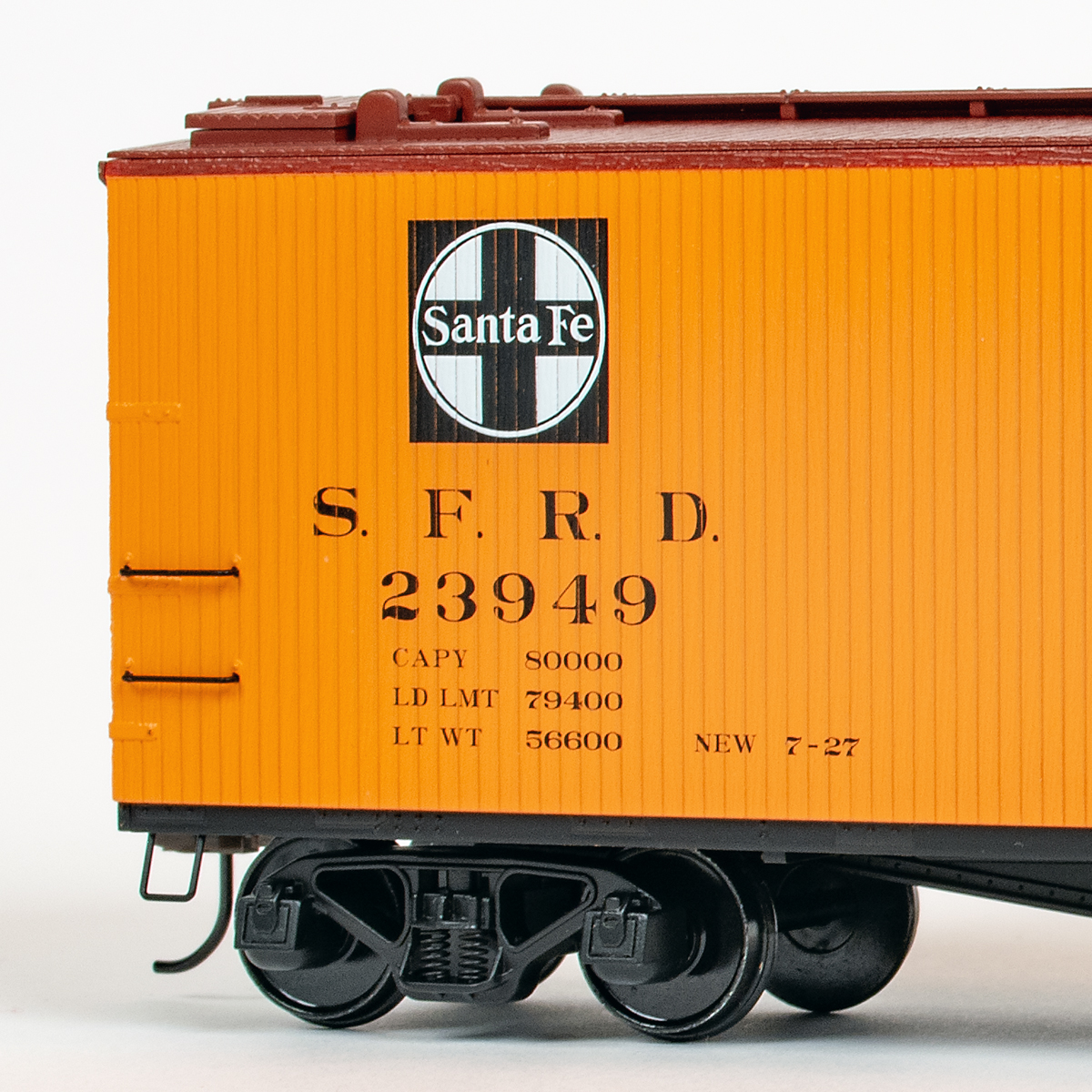
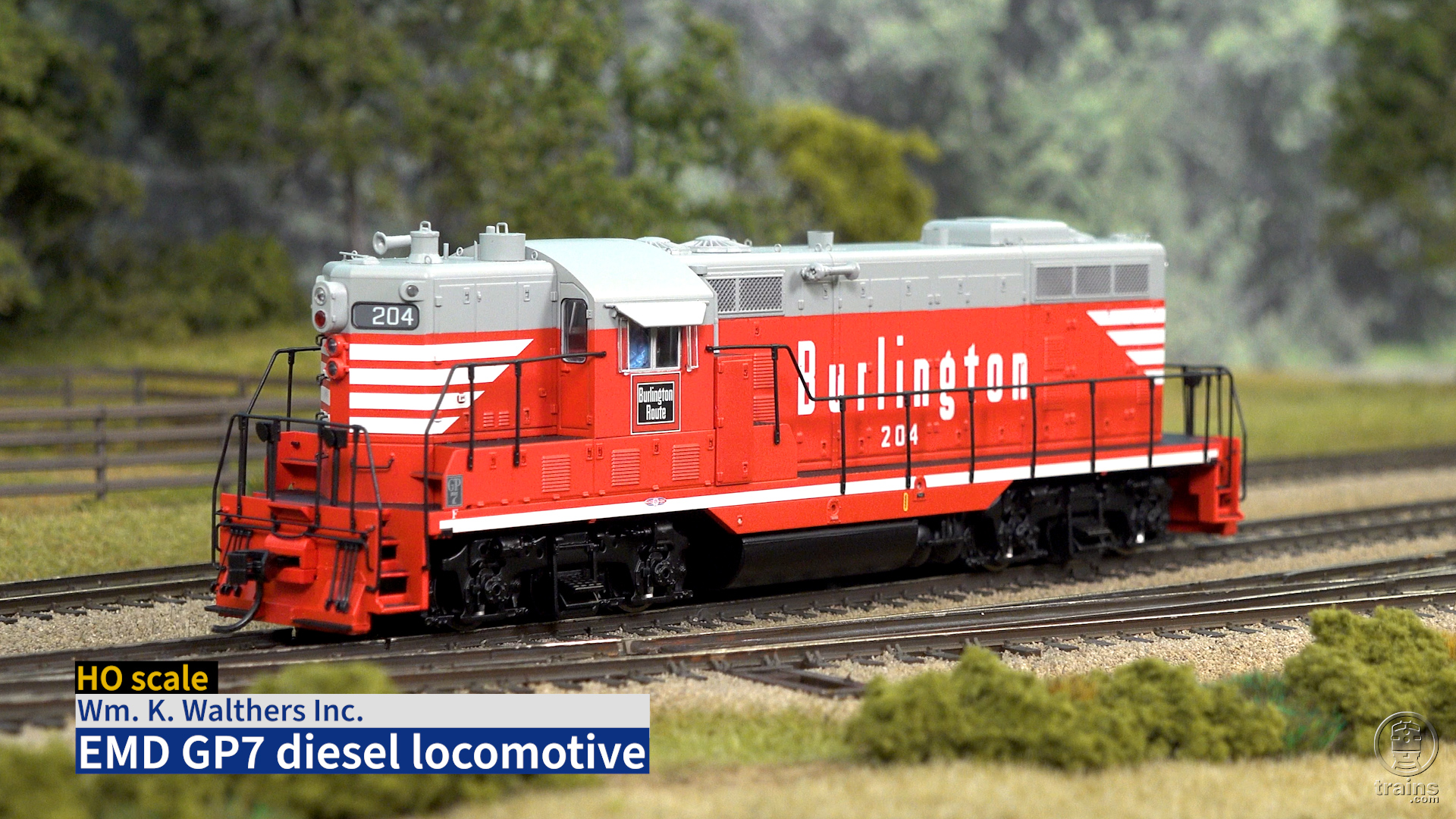
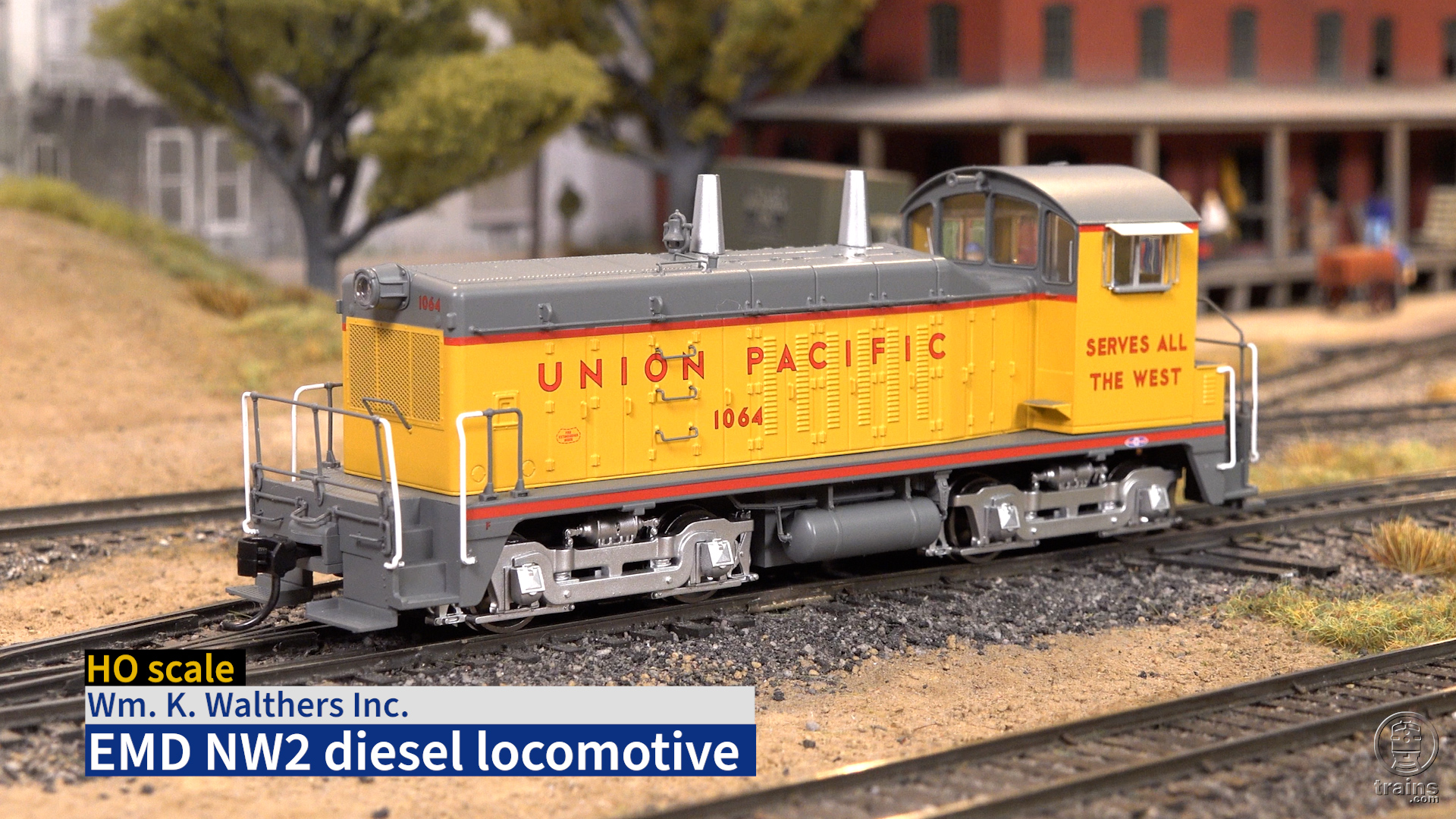
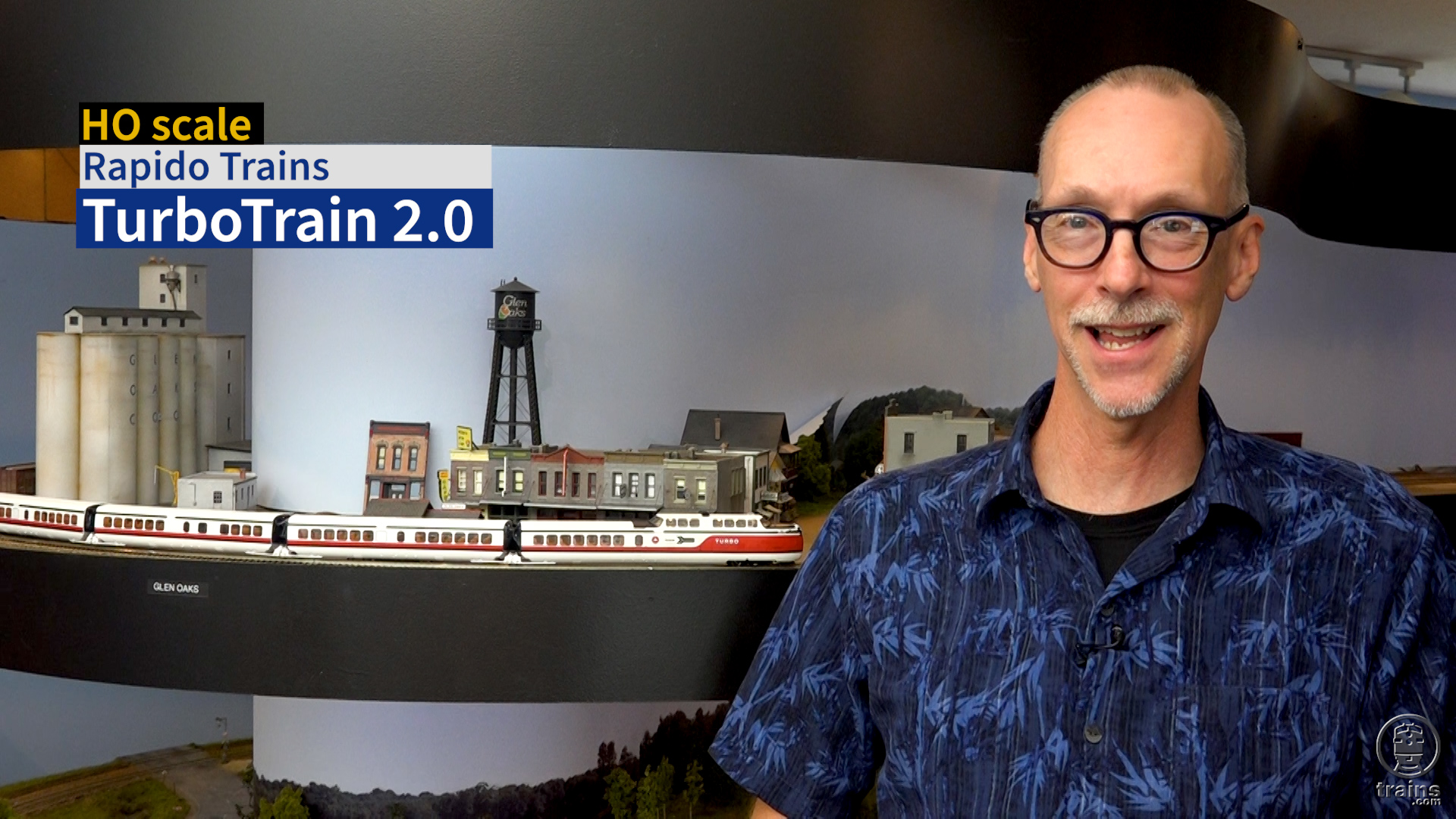
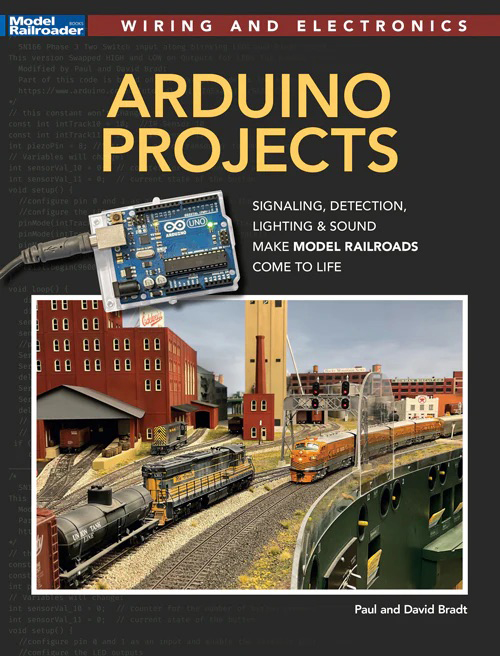
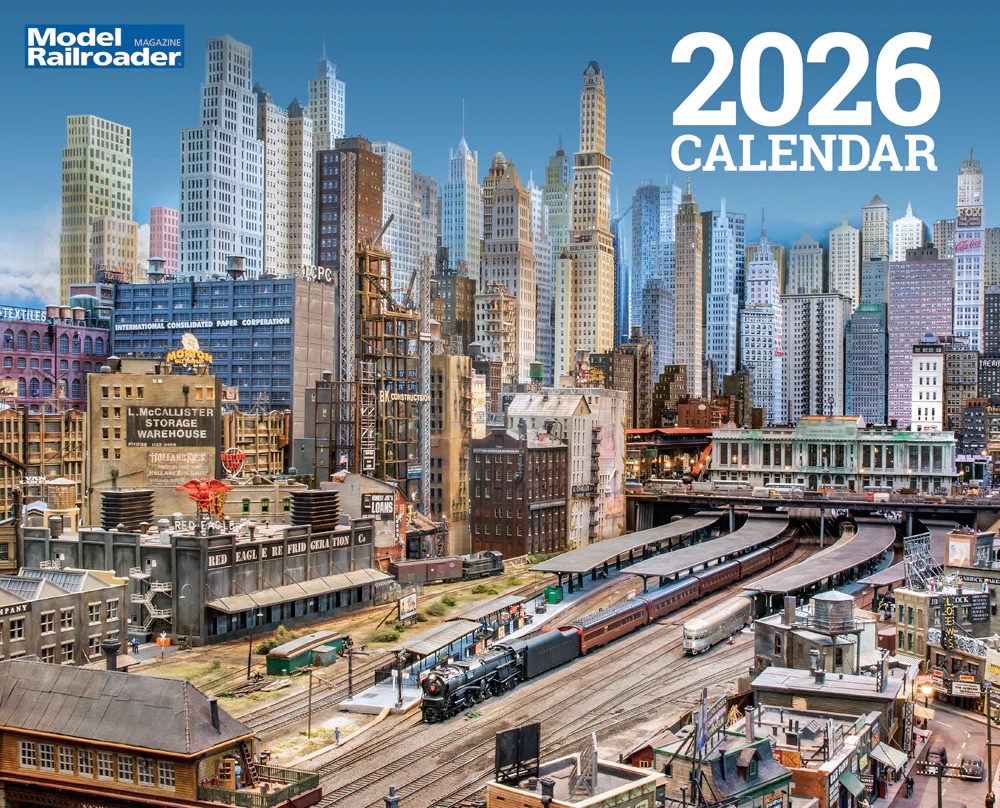

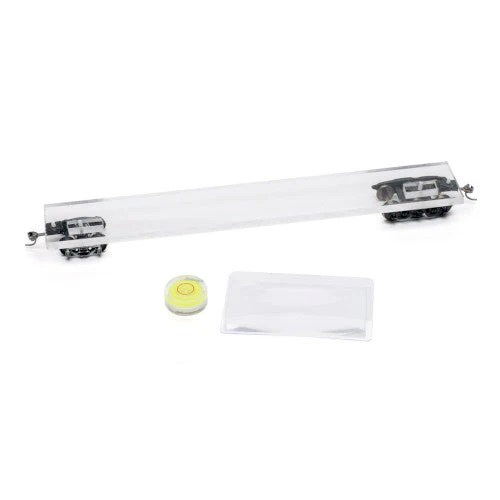
A fairly successful model, ready to run…
Dr. Güntürk Üstün